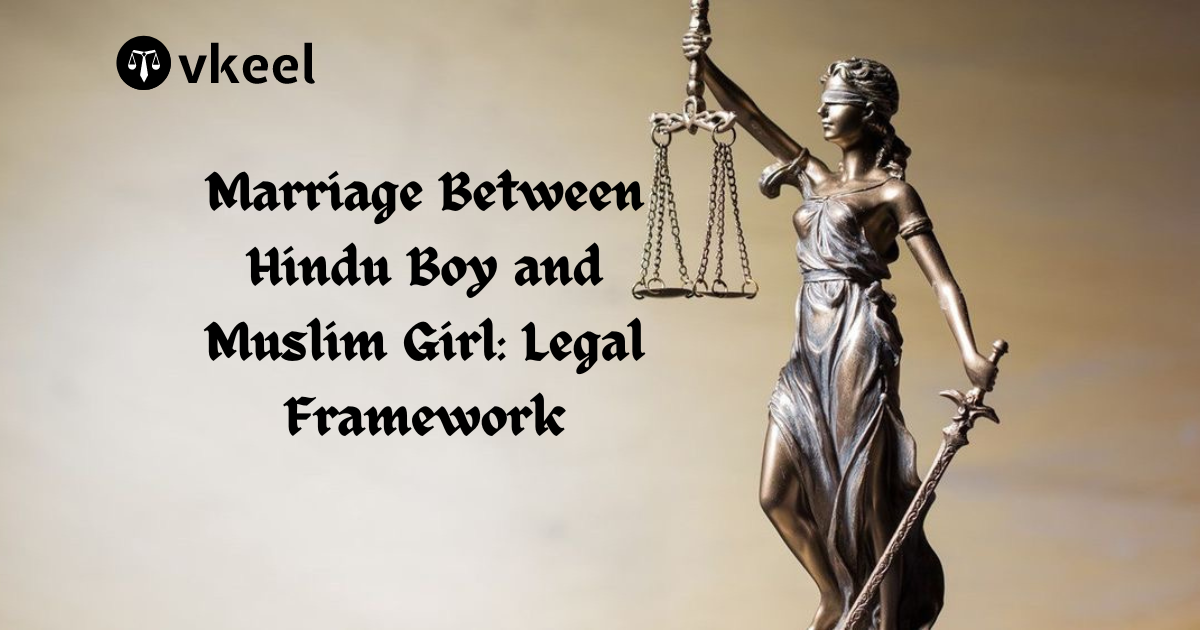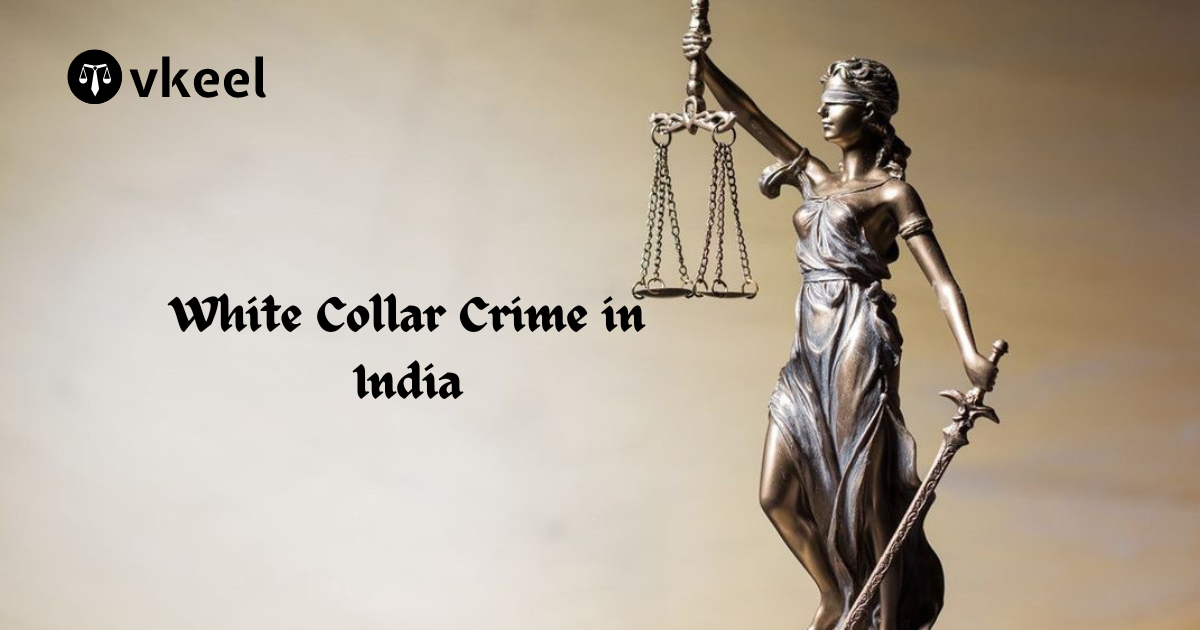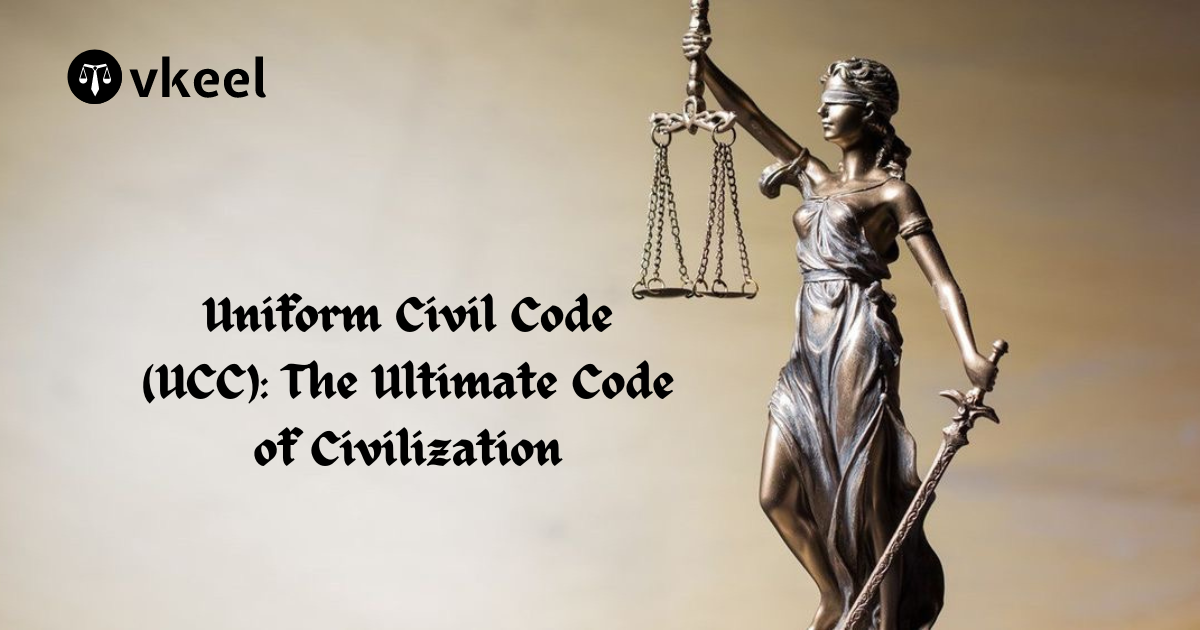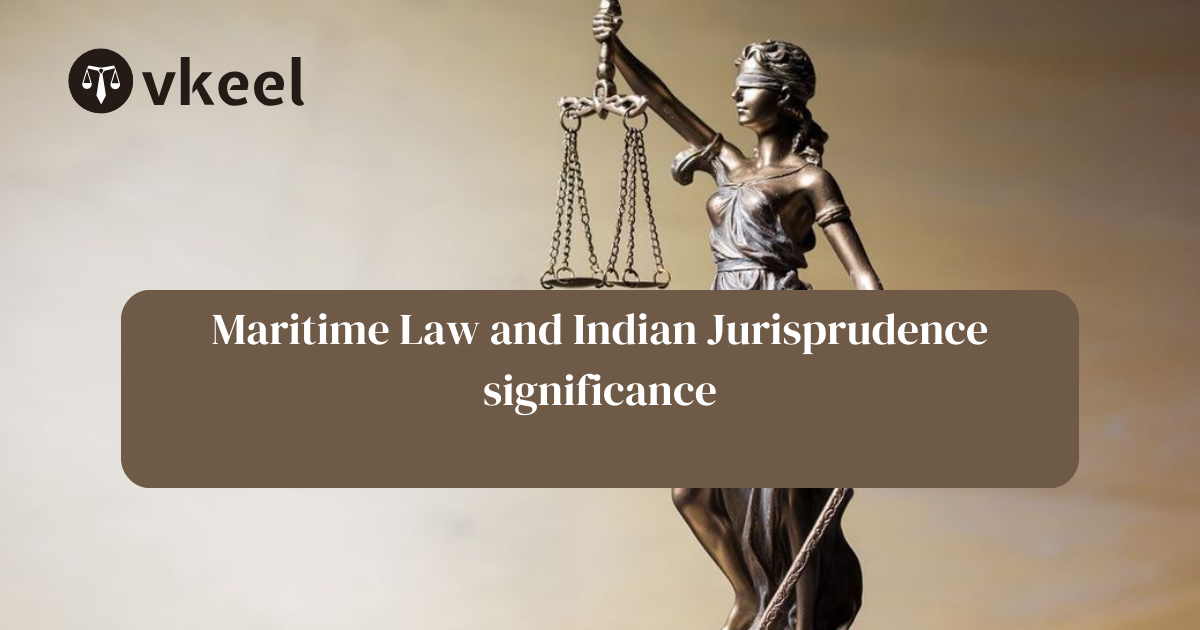Marriage Between Hindu Boy and Muslim Girl: Legal Framework
By Himanshu Kumar
Table of Contents
Introduction
Interfaith marriages in India, particularly between a Hindu boy and a Muslim girl, often face complex legal, social, and cultural challenges. The legal landscape governing such marriages involves a mix of personal laws, the Special Marriage Act, 1954, and judicial interpretations. This article delves into the intricacies of Hindu-Muslim marriages, exploring the relevant laws, landmark case laws, and significant amendments that have shaped the current legal framework.
Marriage, according to Hindu law, is considered a sacred and lifelong union between a man and a woman. It is not merely a contractual agreement but a sacramental union that entails spiritual, moral, and social obligations. The traditional Hindu view of marriage encompasses religious rites, rituals, and the fulfillment of duties towards family and society. This understanding is deeply rooted in the religious texts and customary practices of Hinduism.
Marriage under Muslim law, known as nikah, is both a civil contract and a religious duty. It is an institution that is highly valued in Islam, as it not only provides a legitimate means for fulfilling biological needs but also establishes a framework for social structure and familial bonds.
Legal Framework for Interfaith Marriages
India’s legal system recognizes personal laws specific to various religious communities. Hindu marriages are governed by the Hindu Marriage Act, 1955, while Muslim marriages are governed by their personal laws based on Sharia. However, interfaith marriages are primarily regulated by the Special Marriage Act, 1954.
Special Marriage Act, 1954
The Special Marriage Act, 1954, provides a civil marriage option for individuals irrespective of their religion. It facilitates the solemnization of marriages and ensures legal recognition and protection for interfaith couples. Key provisions of the Act include:
Conditions for Marriage:
- The Act requires that neither party has a living spouse.
- Both parties must be of sound mind and capable of giving valid consent.
- The male must be at least 21 years old and the female at least 18 years old.
- The parties should not fall within the prohibited degrees of relationship.
Notice of Intended Marriage:
- The parties must give notice of their intention to marry to the Marriage Registrar of the district in which at least one of them has resided for at least 30 days.
- The notice is then published publicly, and objections can be raised within 30 days.
Solemnization and Registration:
- If no valid objections are raised, the marriage can be solemnized in the presence of the Marriage Registrar and three witnesses.
- The marriage is then registered, and a certificate is issued, providing legal proof of the marriage.
Conversion and Religion:
- The Act does not require either party to convert to the other’s religion, allowing them to retain their respective religious identities.
Challenges and Social Implications
Social and Familial Resistance
Interfaith marriages, especially between a Hindu boy and a Muslim girl, often face intense opposition from families and communities due to religious, cultural, and societal norms. This resistance can lead to social ostracism, threats, and even violence against the couple.
Legal Hurdles
Despite the provisions of the Special Marriage Act, interfaith couples often encounter bureaucratic delays and harassment from authorities. The mandatory 30-day notice period can expose the couple to unwanted scrutiny and potential harm.
Judicial Pronouncements
Indian judiciary has played a crucial role in protecting the rights of interfaith couples and addressing the legal challenges they face. Several landmark judgments have reinforced the legality and sanctity of interfaith marriages:
Sarla Mudgal vs. Union of India (1995)
In Sarla Mudgal vs. Union of India, the Supreme Court dealt with the issue of conversion to Islam for the purpose of contracting a second marriage. The Court held that conversion to another religion does not automatically dissolve the previous marriage, and the second marriage would be considered invalid if it violated the provisions of the Hindu Marriage Act.
Lata Singh vs. State of Uttar Pradesh (2006)
In Lata Singh vs. State of Uttar Pradesh, the Supreme Court upheld the right of an adult woman to marry a person of her choice, irrespective of caste, creed, or religion. The Court directed the police to protect interfaith couples from harassment and violence, emphasizing the fundamental right to personal liberty.
Shafin Jahan vs. Asokan K.M. (2018)
In Shafin Jahan vs. Asokan K.M., the Supreme Court addressed the issue of a Hindu woman converting to Islam and marrying a Muslim man. The Court upheld the validity of the marriage and the woman’s right to choose her religion and partner, reiterating the principles of individual autonomy and freedom.
Amendments and Legal Reforms
The legal landscape for interfaith marriages has seen several amendments and proposed reforms aimed at safeguarding the rights of couples:
Special Marriage (Amendment) Bill, 2010
The Special Marriage (Amendment) Bill, 2010, proposed to reduce the notice period from 30 days to 7 days to protect the privacy and safety of interfaith couples. However, this bill is yet to be passed by Parliament.
Love Jihad Laws
Several states in India, such as Uttar Pradesh and Madhya Pradesh, have enacted laws against “love jihad,” a term used to describe alleged efforts by Muslim men to convert non-Muslim women to Islam through marriage. These laws mandate scrutiny of interfaith marriages and impose stringent conditions for religious conversion, raising concerns about their potential misuse to harass and intimidate interfaith couples.
Case Studies: Real-Life Examples
Case Study 1: Hadiya Case
In the widely publicized Hadiya case, Akhila Ashokan, a Hindu woman, converted to Islam and married a Muslim man, Shafin Jahan. Her parents challenged the marriage, alleging forced conversion. The Kerala High Court annulled the marriage, but the Supreme Court overturned this decision, affirming Hadiya’s right to choose her religion and partner.
Case Study 2: Priyanka and Salim
Priyanka, a Hindu girl, and Salim, a Muslim boy, faced severe opposition from their families when they decided to marry. Despite threats and societal pressure, they registered their marriage under the Special Marriage Act. Their case highlighted the need for legal protection and support for interfaith couples.
Conclusion
Marriage between a Hindu boy and a Muslim girl in India navigates a complex terrain of legal provisions, social challenges, and familial resistance. The Special Marriage Act, 1954, provides a secular framework for such unions, ensuring legal recognition and protection. However, interfaith couples often face significant hurdles, including social ostracism, bureaucratic delays, and legal ambiguities.
Judicial pronouncements have played a pivotal role in upholding the rights of interfaith couples and emphasizing the principles of individual autonomy and freedom. Landmark cases such as Sarla Mudgal, Lata Singh, and Hadiya have reinforced the legality of interfaith marriages and the right to personal liberty.
Amendments and legal reforms are essential to address the challenges faced by interfaith couples. Reducing the notice period under the Special Marriage Act and ensuring stringent protection against harassment can significantly improve the legal framework. Additionally, addressing the misuse of “love jihad” laws and safeguarding the rights of interfaith couples are crucial steps towards fostering a more inclusive and tolerant society.
In conclusion, while the legal framework provides a foundation for interfaith marriages, societal attitudes and legal reforms must evolve to support and protect the rights of couples who choose to marry across religious boundaries. The journey towards acceptance and legal clarity continues, but the resilience and determination of interfaith couples stand as a testament to the enduring spirit of love and unity.
Disclaimer:
The information provided in the article is for general informational purposes only, and is not intended to constitute legal advice or to be relied upon as a substitute for legal advice. Furthermore, any information contained in the article is not guaranteed to be current, complete or accurate. If you require legal advice or representation, you should contact an attorney or law firm directly. We are not responsible for any damages resulting from any reliance on the content of this website.










